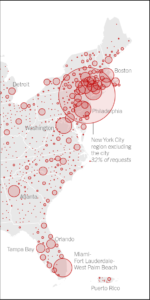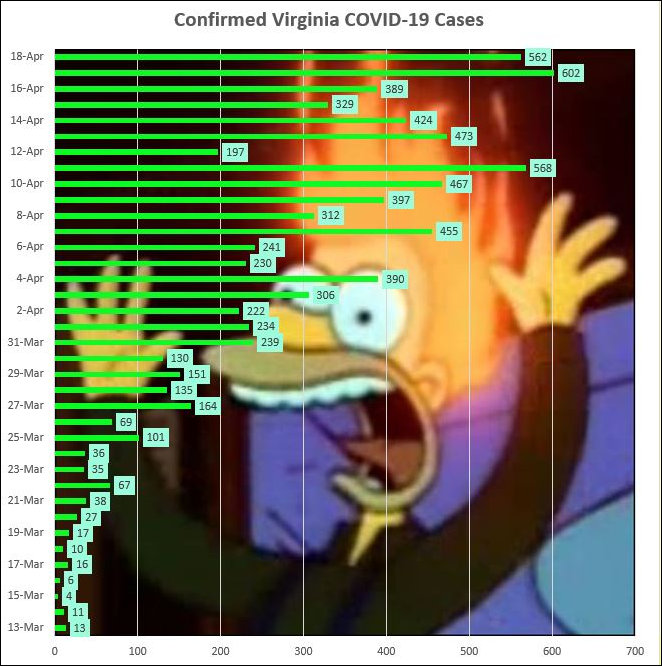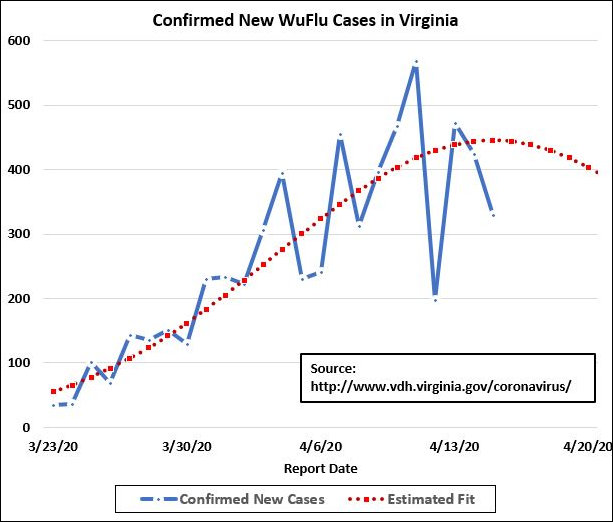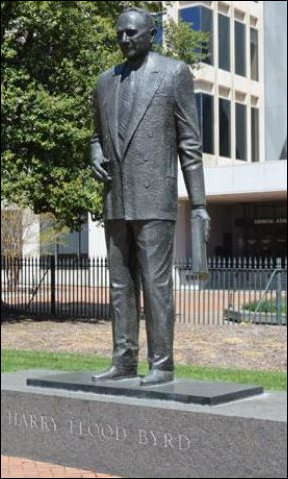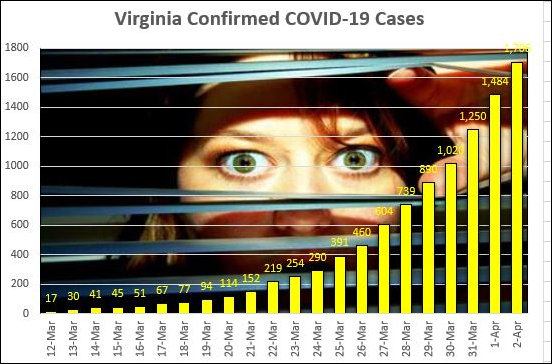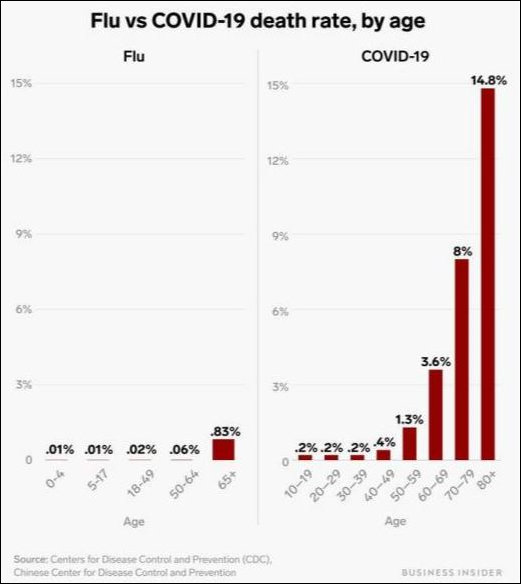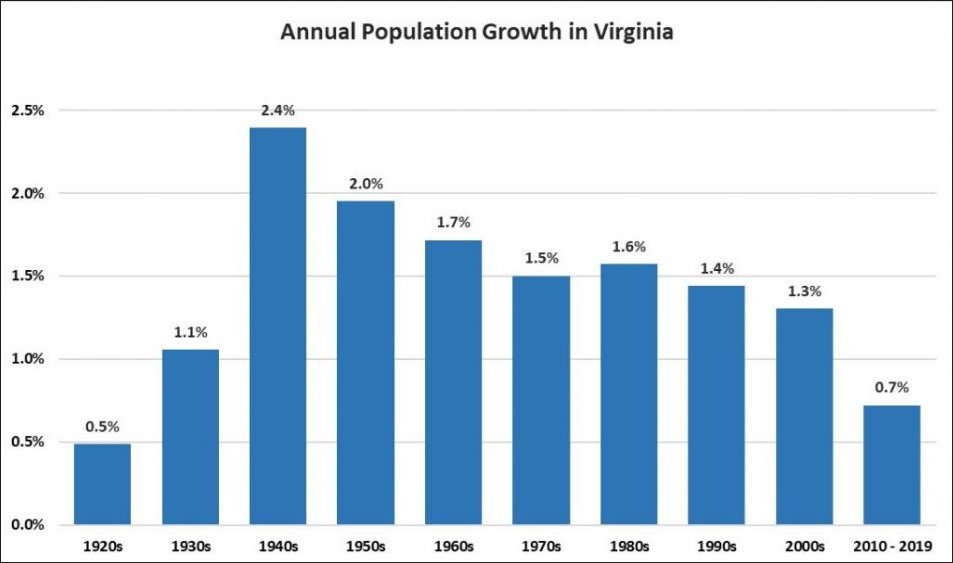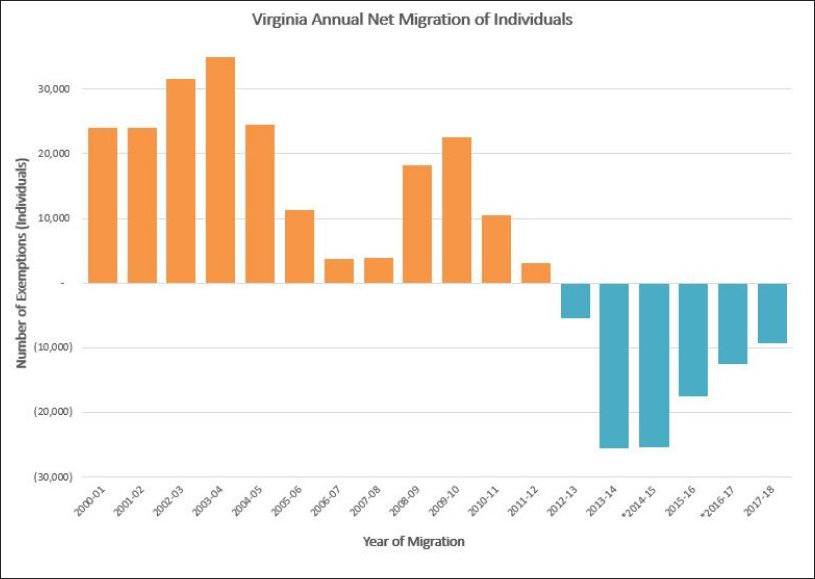“New York is a great place to live, but I wouldn’t want to ride out a deadly viral epidemic there.” That pretty much sums up the attitude of tens of thousands of Gothamites — mostly of the wealthier sort — who have fled the city during the onset of the COVID-19 tribulations. In March, the U.S. Post Office received 56,000 mail-forwarding requests from New York City, more than double the monthly average. In April the number of requests reached 81,000, reports the New York Times
More than 60% of the forwarding requests were for destinations outside the city. Many people fled to nearby areas in Long Island, New Jersey and upstate New York. Otherwise, the Washington metropolitan area was the third most popular out-of-region destination, following the Miami and Philadelphia metros.
No speculation from the NYT regarding how many might have carried the coronavirus with them — although it may not be total coincidence that the Washington metro has the highest incidence per capita of COVID-19 infection in Virginia.
— JAB

